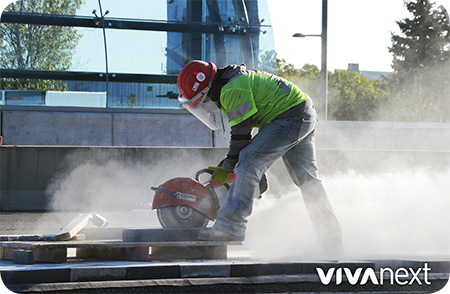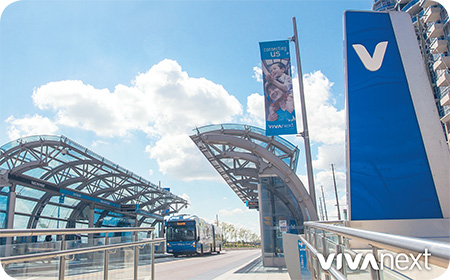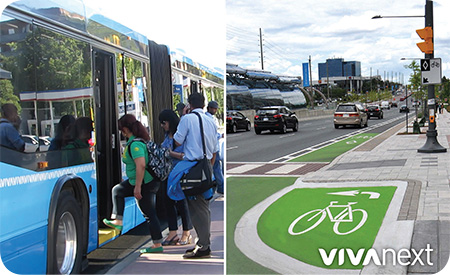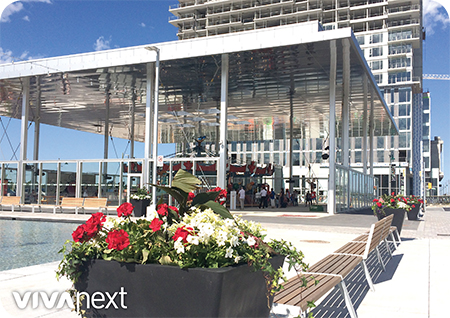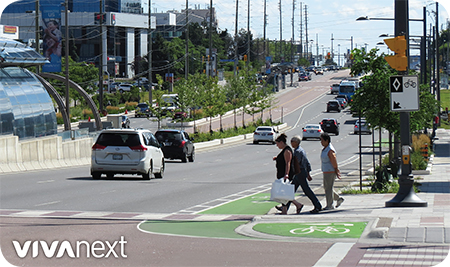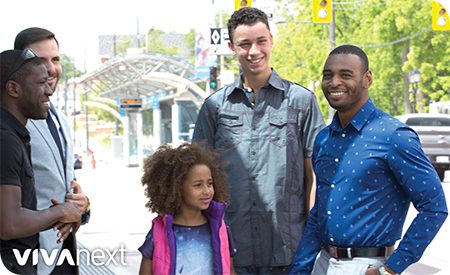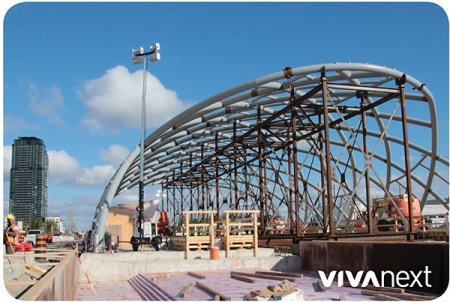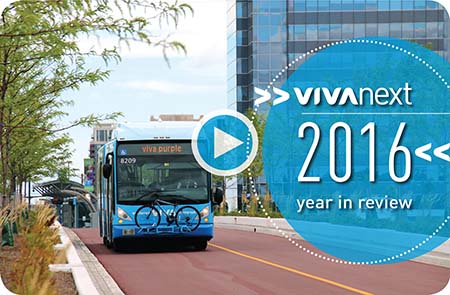2017 is a huge year for the vivaNext program, with rapidway and terminal construction projects under design or taking shape in Markham, Newmarket, Richmond Hill and Vaughan.
Underlying all this construction activity is one constant priority: keeping the construction crews safe. Obviously, our contractors aren’t unique in their commitment to safe work practices – worker safety should be a top priority for any organization. This priority is backed up with the force of law. With a few limited exceptions, every worker and work space in Ontario is required to meet the requirements of the Occupational Health and Safety Act of Ontario [OHSA].
Under the OHSA, all companies have to develop a health and safety policy, setting out management’s commitment to providing a safe workplace. To ensure this commitment is then followed up by action, the OHSA requires employers to develop and implement a safety program to implement the policy. Safety programs are required to address general safety precautions such as worker training, fire prevention and first aid, as well as procedures and requirements addressing the specific workplace hazards company workers may face.
At a minimum, vivaNext contractors are required to follow the OHSA rules, and to take all possible steps to ensure the safety of their crews. Supervisors and crews involved in roadwork are trained in safe practices working around heavy equipment and active traffic lanes, and on the precautions needed for work involving trenching. There are multiple and stringent requirements for work around utilities.
Safety on structures like our new Bus Rapid Transit [BRT] station at Vaughan Metropolitan Centre [VMC] calls for very extensive safety training. Workers working up high, like the welders, painters and crews installing the steel frame and glass, are trained in and must follow rigorous safety procedures at every step of their work. Explicit requirements are established to manage multiple activities being carried out in one area, to prevent workers accidentally encroaching into the space where other activities are underway.
Safe work requires every step to be planned in advance, and supervisors and crew are all expected to look out for each other, and to immediately flag anything they think might be unsafe. Any incident, no matter how minor, is carefully analyzed to identify potential lessons learned, to avoid it happening again. Everyone working on our projects, including our contractors, trades and all of us at vivaNext, is encouraged to point out anything they think might be a potential risk.
By empowering everyone to make safety their own personal priority, from the individual worker to the members of the senior management teams of vivaNext and our contractors, we can know that we’re doing our best to keep the crews who are widening our roads and building our stations safe and sound.

